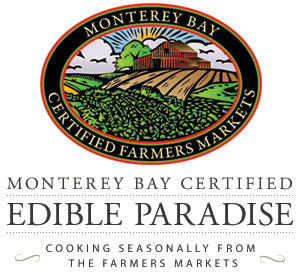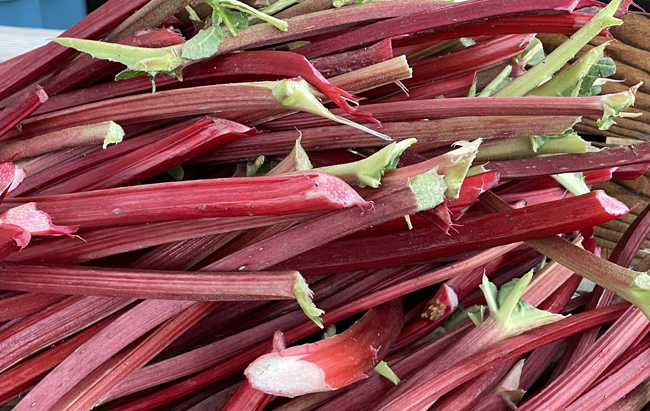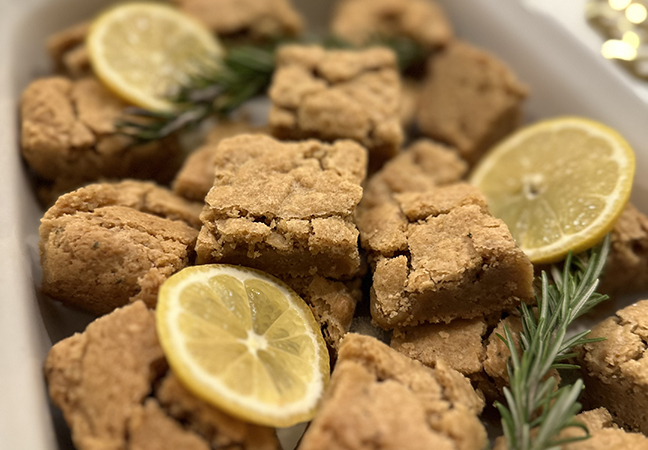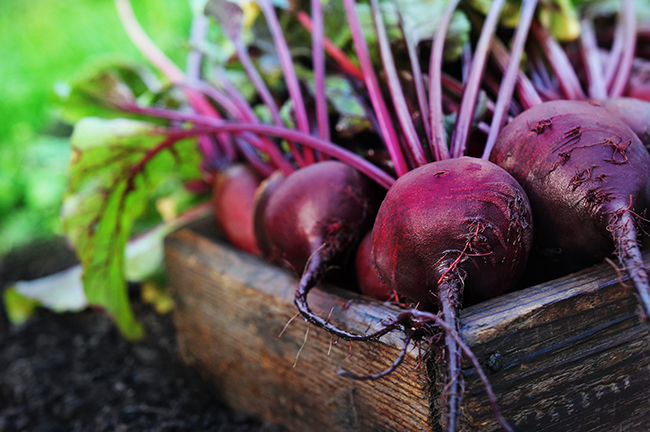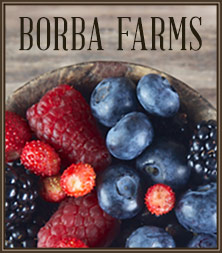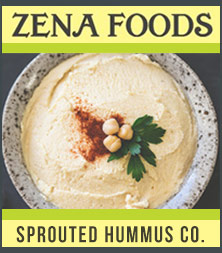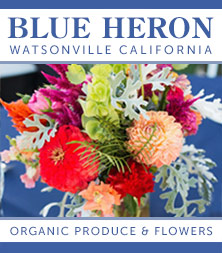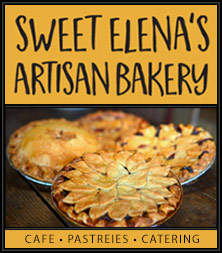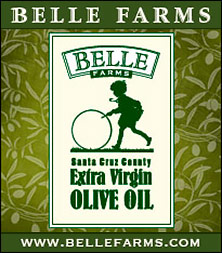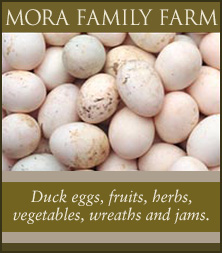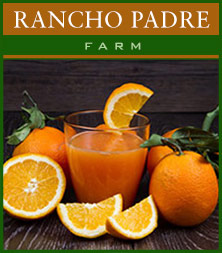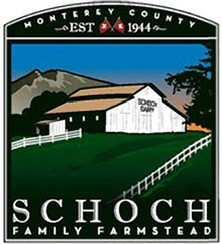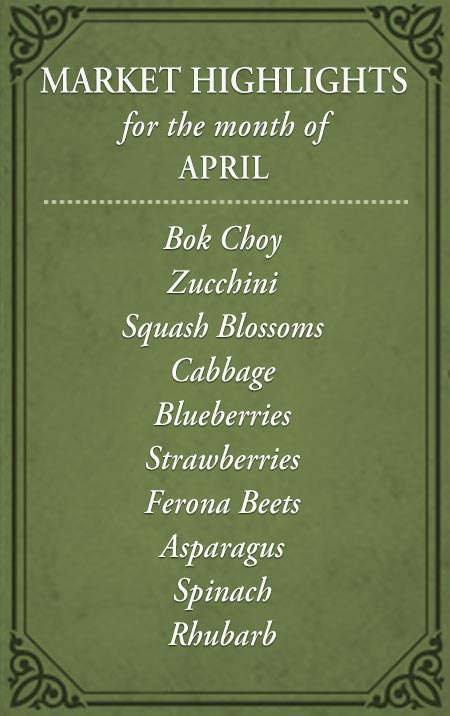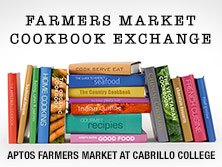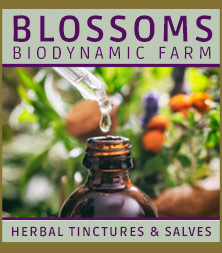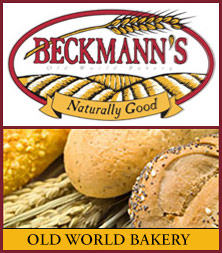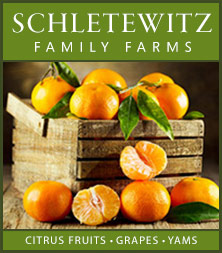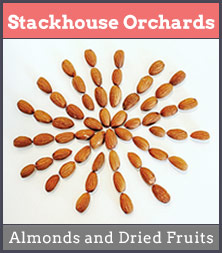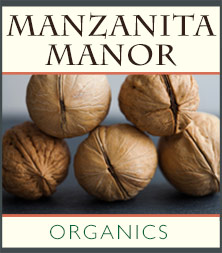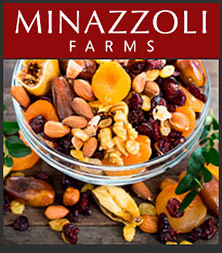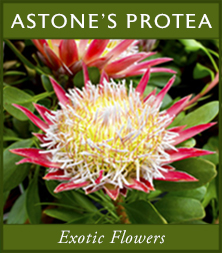Rhubarb falls into the ‘love-it-or-hate-it’ category, it seems. Those of us who love it eagerly anticipate its arrival in early spring and get out the recipes for galettes, pies, coffee cakes, muffins, and jam. Though rhubarb is generally associated with pie making, it’s quite versatile.
Here are some surprising facts about rhubarb that you may not know:
- 1 lb. of fresh rhubarb yields about 3 cups of chopped rhubarb. This will cook down to about 2 cups.
- Native to China, rhubarb was used for medicinal purposes in the 16th century.
- Rhubarb comes in many varieties; “the redder the stalk the sweeter the taste” is an old wives tale. Its lovely red color is nice for presentation, but it’s more tart than the green-stalked rhubarb variety that is mellower in flavor.
- Rhubarb can be a great substitute for cranberries with its tart taste.
- You will never see rhubarb sold with leaves; they’re poisonous.
- Rhubarb is botanically considered a vegetable, not a fruit! It’s part of the buckwheat family.
You’ll find fresh rhubarb at Mora Family Farms at the farmers markets.
How to Store
Store the trimmed rhubarb stalks in a mesh bag or loose plastic in the crisper drawer. Wash it only before using it. To freeze, cut the rhubarb stalks into 1-inch chunks and seal in an airtight bag. Frozen rhubarb will keep for up to a year.
RECIPES: Rhubarb Crumble, Rhubarb Custard Pie, Shelley Family Rhubarb Pie, Seared Salmon with Ginger-Rhubarb Marmalade, Virginia’s Prize Winning Raspberry Rhubarb Pie, Ginger Honey Rhubarb Jam, Strawberry Rhubarb Cobbler, Spring Beet Salad with Goat Cheese and Rhubarb Vinaigrette, Rhubarb Dessert Bars, Strawberry Rhubarb Limeade, Onion Rhubarb Confit, Raspberry Custard Kuchen, Rhubarb Relish
